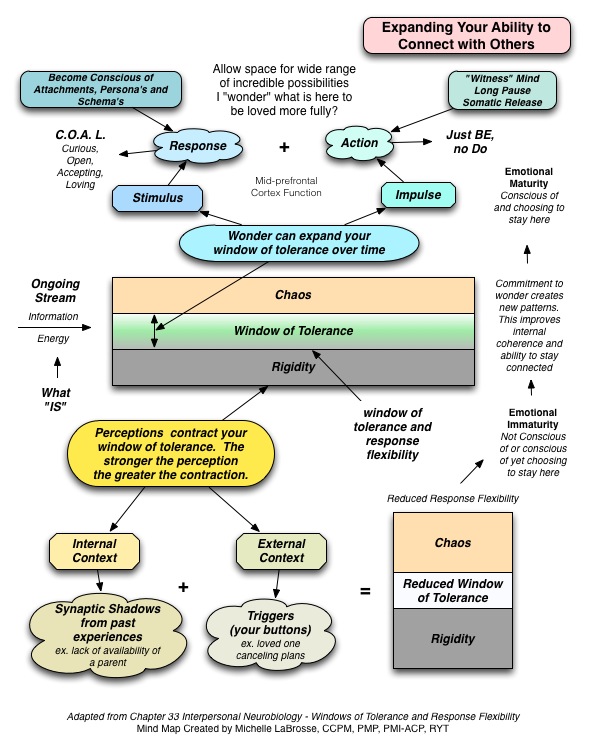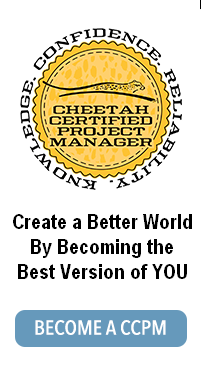Weight Weight Just Love Me – Grace Consciousness – Day 12
Michelle LaBrosse, CCPM, PMP, PMI-ACP, RYT
Yesterday I wrote about how I was going to be extending “grace consciousness” to myself as a pivot point whenever I dropped into self-judgment. Grace consciousness as I’ve defined it is recognizing how I am in any moment is the divine ideal – just as how everyone else is the divine idea. I’ve had a day to contemplate this and I realize extending grace consciousness to myself is more about being on my own side than it is about settling for some type of “less than” existence. As as way of connecting with the world around me, sometimes I inadvertently align my view points (and perceptions) with the collective consciousness. This is what creates both self-judgements and an unsavory righteous sense of virtue. I notice though buying into the collective consciousness is what feeds the hungry ghost of ego that wants and wants and wants, yet is only satisfied with the “what is” when it is completely aligned with our perceptions of how life should be. (This alignment rarely happens).
As I wrestle with this concept of me being exactly who I am is already my best and highest good, where does that leave the idea of expanding what is possible? Where is the place in here for my creative aspirations to experience the world in ever expanding ways – to express my joie de vivre however that is going to happen? I recall on day four of this challenge I discovered finding my own truth happens when I’m feeling expanded rather than constricted. This reminded me I do teach a way to shift my perspective from self judgement to grace consciousness – but from a different reference point. I’ve enclosed a mind map we use in our course “The Happiness Project” to expand on this idea.

This is a mind map that can explain how to shift from reacting to the collective consciousness to being guided by grace consciousness.
This is a mind map I created based on the work in the book Interpersonal Neurobiology. It’s about how you react to the “what is” shapes how you connect with others and ultimately the health of your brain. The bottom half of this mind map is how we react when our “synaptic shadows” get triggered and we react from ego rather than love. “Synaptic shadows” are neural pathways that happen when you create the same reaction time after time after time to similar events. When living “below the line” we reduce our abilities to respond to events and either react with rigidity or become emotionally chaotic based on previous similar experiences. This is what happens when reacting from a place of self-judgement or self-righteousness in response to the collective consciousness on a particular subject – like feelings about your weight. The level to which you live below the line is in direct proportion to the strength of your perception. Let’s say you believe all people who look a certain way are lazy (this is called being “rigid’). This is a perception that limits how you can and will interact with people who look a certain way to you. It is much of what is happening in our culture (and the collective consciousness) these days – relating to a “fat bias.” This creates a below the line existence and substantially impacts the ability to connect with others. It doesn’t really matter what the perception is as any perception is limiting and will hamper a genuine and authentic in the moment connection with another being.
The idea of window of tolerance means how much information can your “system” tolerate? When you are constrained by your perceptions, especially when aligned with the collective consciousness, how much information you can tolerate is reduced. This means your window of tolerance is smaller. To expand your window of tolerance, and therefore expand what is possible, requires moving above the line into a more loving and flexible frame – one of curiosity, openness, acceptance and love (called COAL in this mind map). Living above the line is a form of grace consciousness and it also meets my aspirations for creatively experiencing the world in ever expanding ways. Furthermore, it provides guidelines on how to move from a place of living in the ego driven states of self – judgement below the line to one of wonder and more fully loving myself above the line. This will help shift into grace consciousness so I move through the world with more grace, comfort and ease.
Kate‘s comment: your mention of fat bias was interesting. It plays into a specific type of stereotyping, where we take one observable trait and apply our assumptions of non-observable aspects to the person. Those who participate in fat bias see someone carrying more weight on their frame, and think back to a (potentially flawed) reference point of someone else with that same body shape. Just because someone’s BMI is over 25 doesn’t automatically mean that they’re lazy, have heart disease, and eat fast food frequently. This practice is inherently short-sighted on many levels, and the consequences are far-reaching.
That’s one of the reasons I feel that thorough testing can be much more indicative of health status. BMI is a flawed snapshot. Making assumptions is a good way to insult someone.


